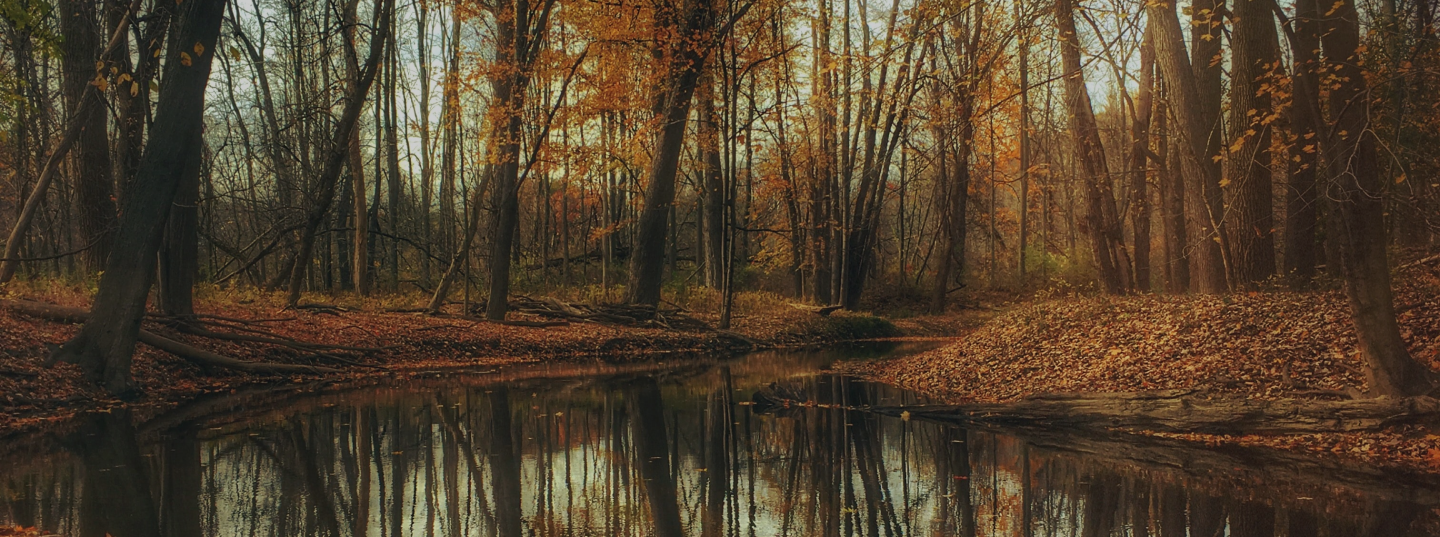Every Laflore Paris bag tells the noble story of cork – a story of artisanal workmanship, sustainability, and versatility.
OUR ROOTS
Laflore Paris Style.
100% natural and biodegradable, Laflore Paris cork is born in the sun-kissed cork oak forests of Portugal. These biodiversity havens are certified by the globally recognized Forest Stewardship Council (FSC), ensuring that they preserve biological diversity and benefit local communities.
We're proud that our cork forests serve as precious sanctuaries for the endangered Iberian Lynx and Iberian Imperial Eagle, plus 135 plant species per square meter.
In fact, cork forests offset more than 14 million tons of CO2 per year. And incredibly, cork oak trees are fire resistant, so they even protect against wildfires.
CRUELTY-FREE
The journey from tree to chic.
Harvesting cork actually benefits each tree as it stimulates regeneration. Experienced workers carefully score and then separate the cork bark from the trunk. This process jumpstarts a period of new growth, leading to a surge in oxygen release and carbon dioxide absorption.
The cork bark is stacked to bathe in the sun for several months while it dries, cures, and flattens. Next, our cork is washed, boiled and treated before being placed in a controlled environment for a second curing.
The cork is then trimmed for smoothness and sorted by quality. But no cork ever goes to waste; leftovers become corkboard, flooring, insulation, and other construction materials.
GRS STANDARDS
Quality that flatters.
The finest cork is now pressed and polished to achieve Laflore Paris' signature leather-like suppleness and sheen, then dyed with natural plant-based dyes.
Each piece of cork fabric is one-of-a-kind, boasting its own unique pattern from a tree that’s still living and breathing in Portugal. We work closely with the world’s top cork suppliers whose attention to detail ensures a durable yet flexible fabric.
Incredibly soft to the touch and light as a feather, Laflore Paris cork is as sumptuous as leather while completely water impermeable and hypoallergenic. It's also extremely long-lasting, aging beautifully through years of daily use.
Gorgeous, supple, and built to last, Laflore Paris cork is our love letter to the planet.























